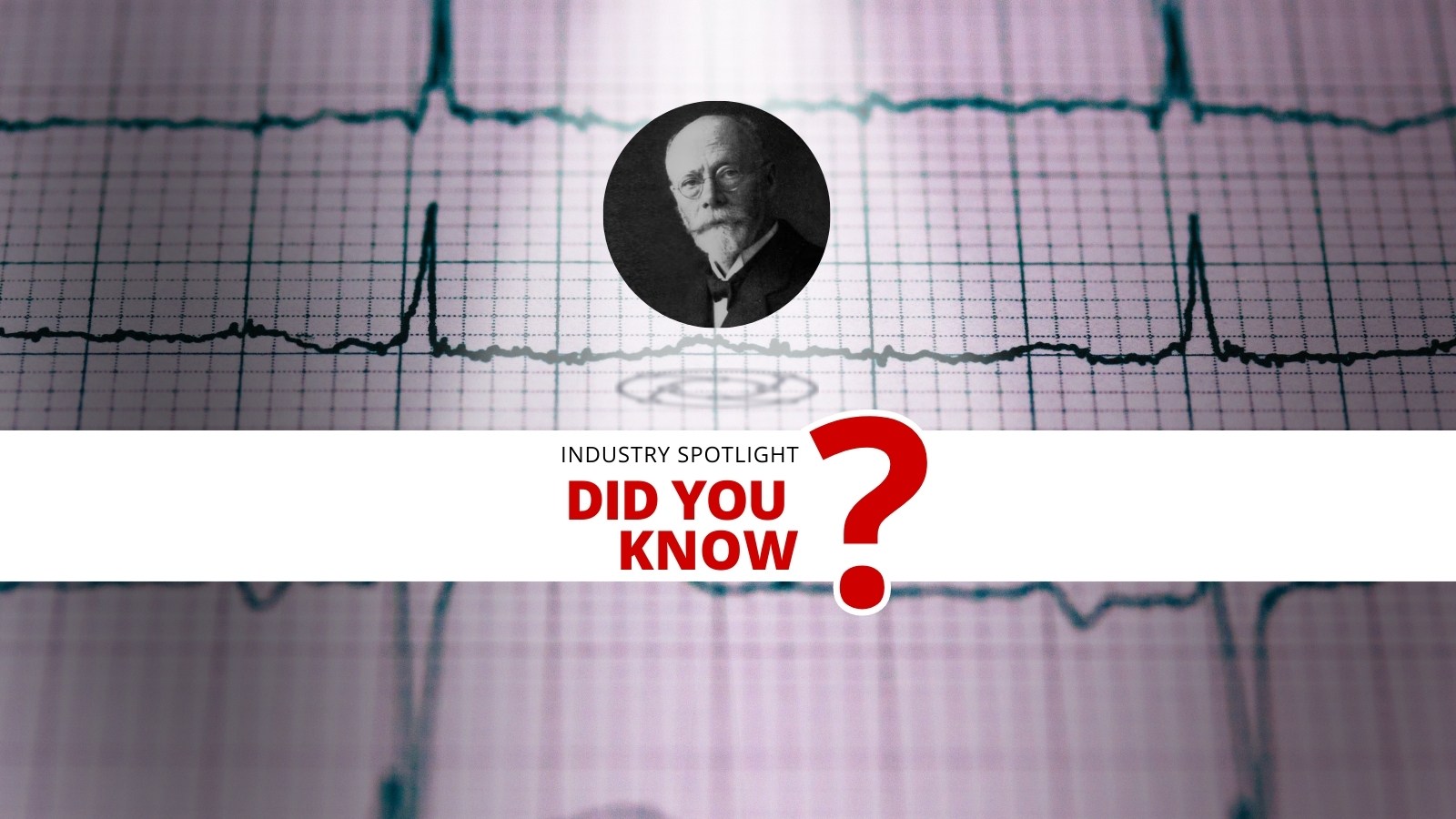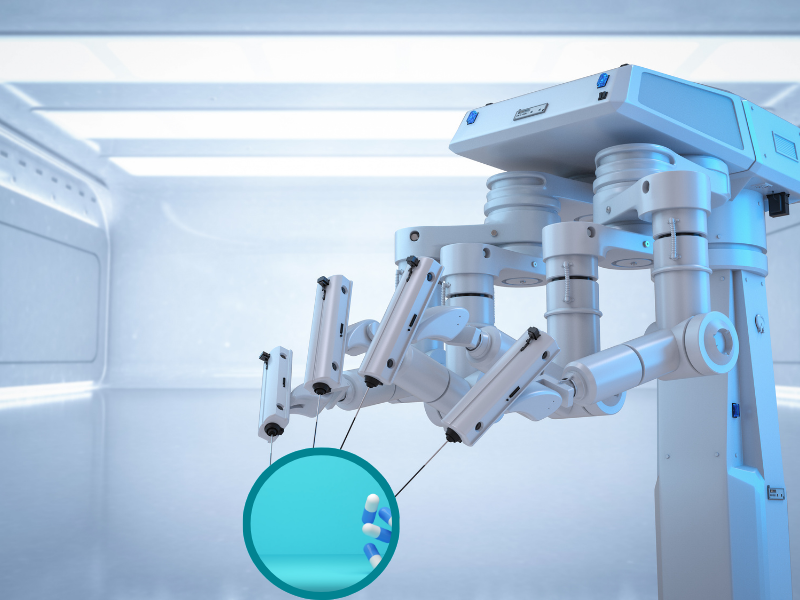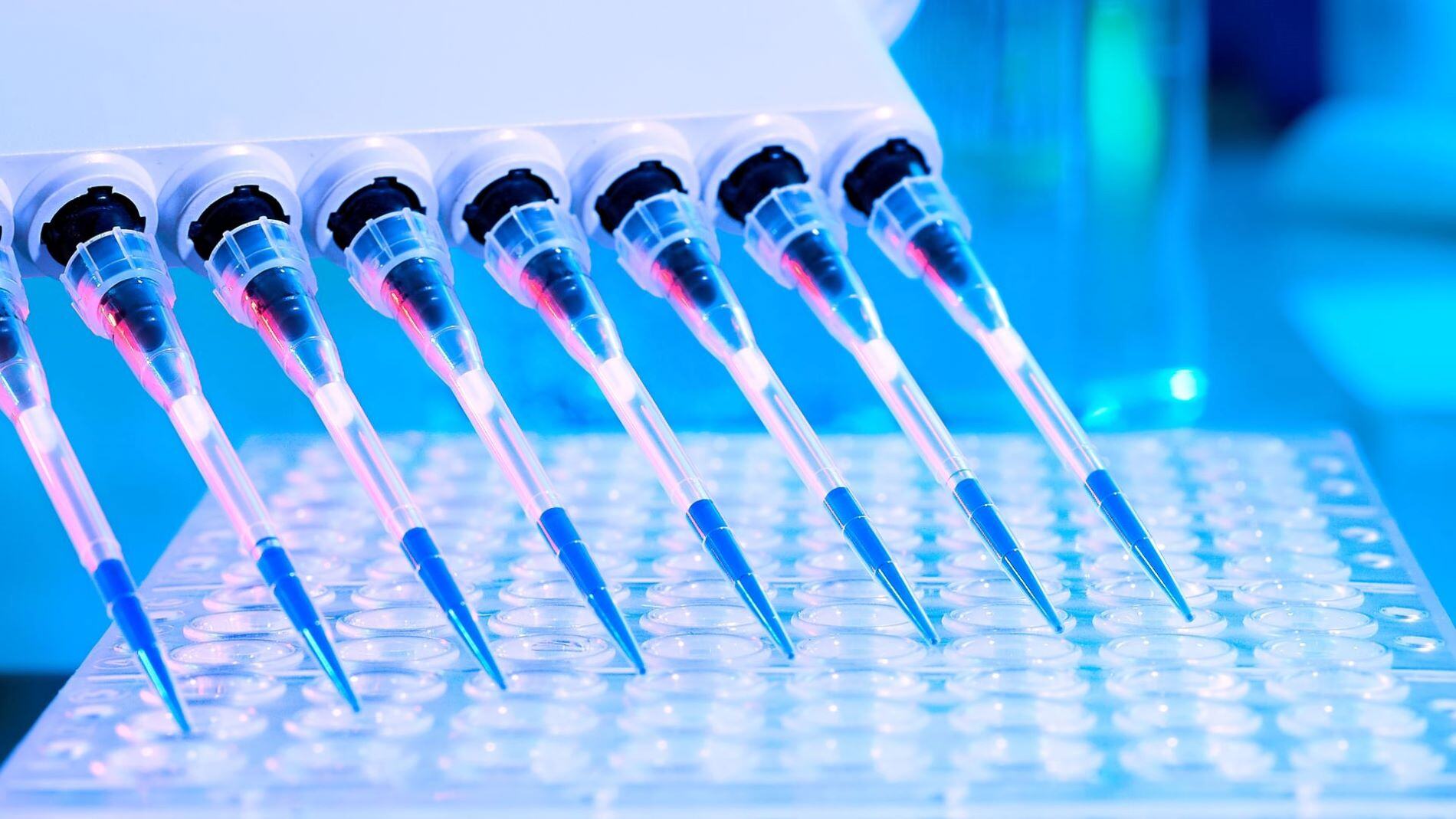Willem Einthoven: Father of the Electrocardiograph

June 5th to 11th marks World Heart Rhythm Awareness Week, a week dedicated to shedding light on heart rhythm disorders and promoting heart health whilst advocating for better prevention, diagnosis, and management.
In celebration of this, we look at the work of Willem Einthoven, a Dutch physiologist and physician credited as the inventor of the electrocardiograph (ECG), also known as heart rate monitors, which are crucial today in diagnosing and monitoring heart rhythm disorders.
Before Einthoven’s time, it was known that the heart’s beating produced electrical currents. However, no instruments could measure this at the time without placing electrodes directly on the heart.
In 1901, Einthoven introduced the first practical electrocardiograph, a device that could accurately record the heart's electrical activity. He developed a system using a delicate string galvanometer capable of detecting and amplifying the small electrical currents generated by the heart. By attaching electrodes to the patient's limbs and chest, Einthoven could capture the electrical signals produced by the heart's contractions.
- Applied Mobile Technologies and Interfacing with Robotics Software
- A Real Step Forward: Brain-Spine Interface Allows Man to Walk Again
- Robotic Surgery: Pioneering Precision in Medical Advancements
Einthoven's electrocardiograph allowed for precise measurements of the heart's electrical activity and the graphical representation of the heart’s electrical waves, known as an electrocardiogram. This representation enabled physicians to diagnose various heart conditions, such as irregular rhythms or conduction disorders.
Although Einthoven's invention was not initially designed for continuous heart rate monitoring, it laid the foundation for future advancements in the field. The electrocardiograph served as a precursor to modern heart rate monitors by providing the means to accurately measure the heart's electrical impulses.
This pioneering work earned Einthoven the Nobel Prize in Physiology or Medicine in 1924. His invention transformed cardiology, allowing for more accurate diagnoses and improved understanding of heart conditions. Today, his electrocardiograph remains a fundamental tool in healthcare, and its principles continue to influence the development of innovative heart rate monitoring technologies.
Get your weekly dose of industry news and announcements here, and keep up to date with the latest ‘Industry Spotlight’ posts. For other PharmaTec content, please visit the PharmaTec Content Portal.
Want to find out more about the innovations happening in pharma data? Join Oxford Global’s annual Pharma Data & Digital Medicine event today. This 2-day conference brings together a panel of prominent leaders and scientists, sharing new case studies, innovative data, and exciting industry outlooks.







